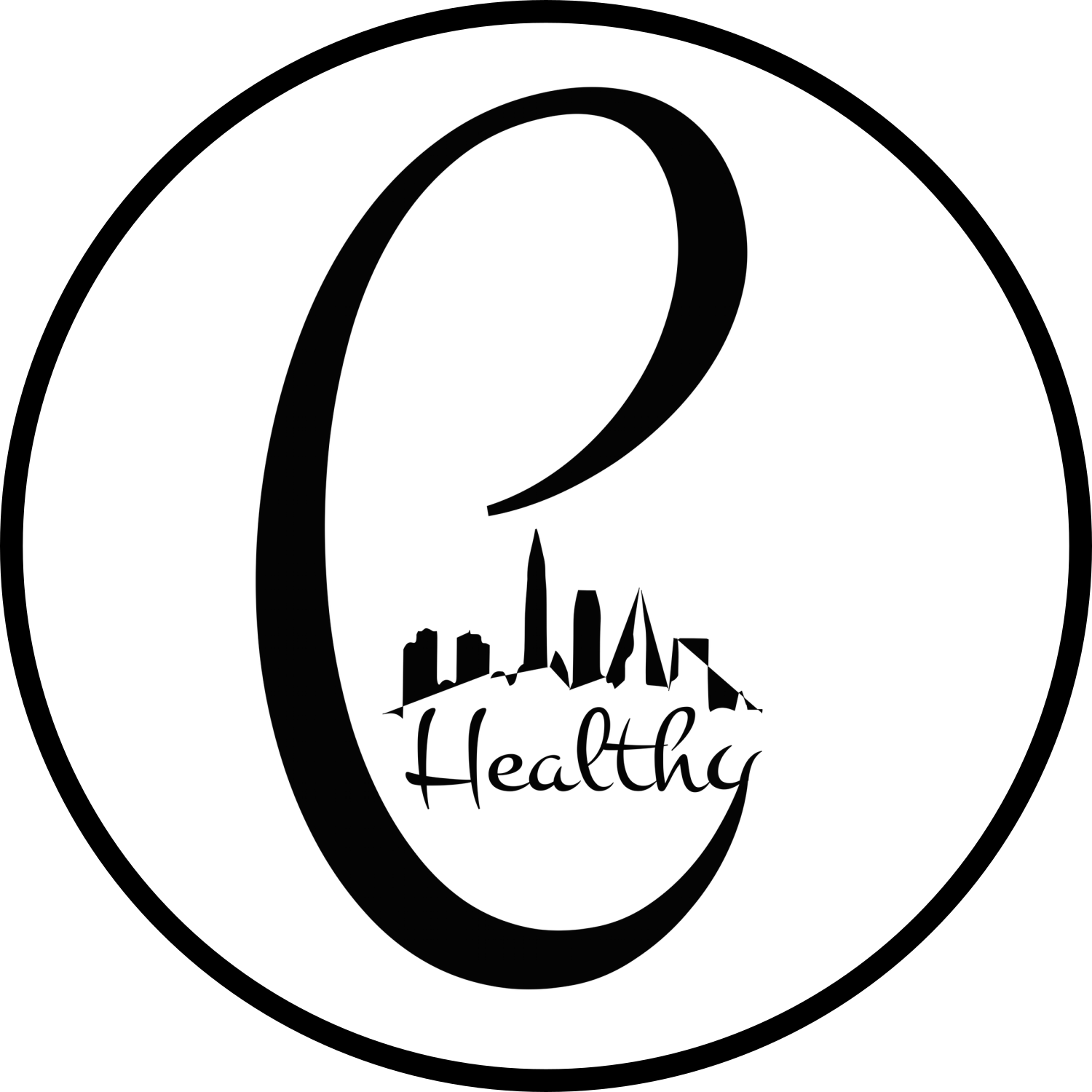What makes up “food”?
MACROnutrients - provide calories/energy
Carbohydrates - our #1 source of energy; the simplest form (glucose) is our body’s preferred fuel.
Food sources: grains, starchy vegetables, fruit, dairy
Protein - building blocks for cell structure, muscles, hair, finger nails, and more!
Food sources: animal muscle, beans, nuts & legumes, dairy, soy, some vegetables
Fats (AKA Lipids) - concentrated calories; provides energy, cell structures, and more!
Food sources: animal fat, dairy, plant oils, nuts & seeds
MICROnutrients - needed for chemical functions in our bodies
Essential Vitamins:
Fat Soluble: A, D, E, K
Water Soluble: B1, B2, B3, B5, B6, B7, B9, B12, and C
Essential Minerals:
Larger amounts needed: calcium, phosphorus, magnesium, sodium, potassium, chloride, sulfur
Trace amounts needed: iron, manganese, copper, iodine, zinc, cobalt, selenium, fluoride
Other Nutrients
Water - needed for digestion, temperature control, joint health, and nutrient absorption
Fiber - soluble & insoluble food material that helps lower cholesterol and move food through the body
Food sources: whole grains, vegetables, fruit
Nutrient Needs & Recommended Intakes
Macronutrients- for a general healthy diet pattern, calories should be split up:
45-65% from carbohydrates
10-35% from protein
20-35% from fats/lipids
Micronutrients- daily recommended intake of each vitamin and mineral is age, gender, and life-stage specific. See the recommended intakes HERE.
Water - needs vary, but generally aim for about half your body weight (pounds) in ounces of water intake per day. Choose foods (fruit, broth, etc) with high water content as well!
Fiber - for adults:
Women: 25 grams/day
Men: 38 grams/day
Putting it Together in a Meal: MyPlate & Portion Sizes
USDA MyPlate
An easy way to get a variety of essential nutrients in your meal is to use the MyPlate as a template:
1. Make half your plate fruits & vegetables.
2. Make one quarter of your plate a whole grain.
3. Make one quarter of your plate a lean protein.
4. Include a low-fat dairy on the side.
5. Healthy fats/oils can should be used in moderation for flavoring and cooking agents.
Determine Your Nutrition Needs:
Click “Start” to estimate your daily calorie needs and view your MyPlate plan for food group recommendations.
Common Diets & Eating Patterns
Popular/Fad Diets (Note: the patterns below are generally attempted/used for weight loss and are not followed for an indefinite amount of time.)
Evidence-Based Eating Patterns (Note: these patterns below are generally meant to be followed as a long-term eating plan for disease prevention and sustained good health.)
A note on weight loss…
…The AHA/ACC/TOS Guideline for the Management of Overweight and Obesity in Adults recommends that any diet pattern that restricts caloric intake can induce weight loss. Considerations include chronic disease, nutrient supplementation, and personal choice.
To help decide which type of diet is right for you, work with a Licensed & Registered Dietitian. They are the nutrition experts and have training in developing personalized diets, meal plans, and medical context.
The 8 Common Food Allergens
Milk
Eggs
Peanuts
Tree Nuts
Wheat
Soy
Fish
Shellfish


